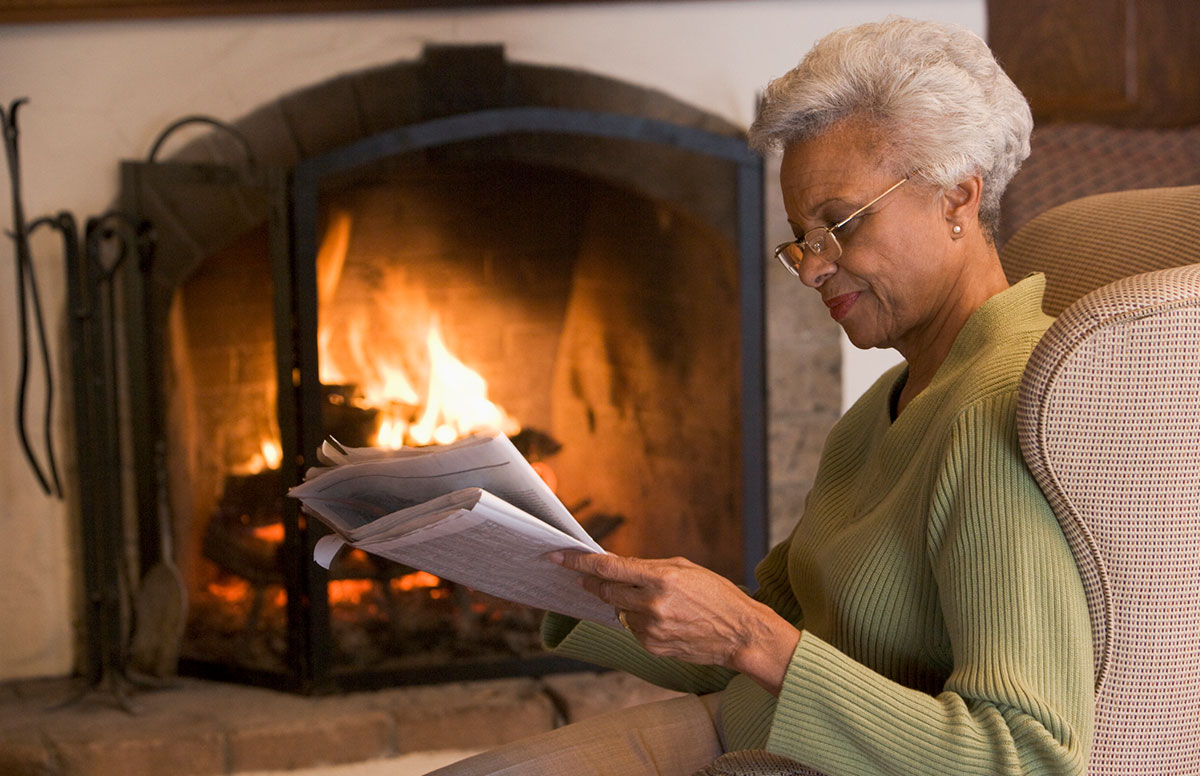Interview with Dr. Nimalie Stone January 10, 2022
Dr. Nimalie Stone, Senior Advisor for Long-Term Care Partnerships in the Division of Healthcare Quality Promotion at the Centers for Disease Control and Prevention, joined the January 10, 2022 LeadingAge Coronavirus Update Call. She responded to questions from Ruth Katz and from callers. Here is a summary of the conversation:
Q: Please explain the differences in the new guidance regarding quarantine and isolation between that for the general public and that which pertains to health care providers.
A: The short answer is that for nursing homes and likely other long term care providers, we are focusing on the guidance for healthcare personnel (HCP) and the recommendations for staff who have either been infected or exposed to the virus when thinking about return to work. There are some similarities with the general public guidance when we look at adjusting the HCP guidance based on staffing shortages. The healthcare guidance is more conservative because we are looking at a more vulnerable population of those being cared for. If we have adequate staffing, we would have HCP stay out either 10 days from the diagnosis date, or 7 if they have a negative test.
Q: You said, “other long term care providers” – do you recommend these standards for assisted living? Home health? Housing providers?
A: The spectrum of care and healthcare is happening across a whole continuum of care settings and our typical boxes of “this is” and “this isn’t” healthcare are blurred. The way we are thinking about this, we are thinking that group homes, assisted living and potentially adult day services. Providers should be thinking about, “Who am I caring for and what is their level of risk given the kinds of services I am providing for them? If I am in sustained close proximity with frail individuals at high risk for severe COVID-19, it would be best to use the conservative healthcare guidance.”
Q: You have also put out strategies to mitigate staffing shortages – what is that guidance?
A: Staffing shortage strategies are put out in recognition that cases are going up and it will be difficult for healthcare facilities to maintain essential healthcare operations. We put out mitigation strategies early on with PPE. As then, we want to get back to good baseline practices as soon as we can. Staffing is much the same. We recognize the current workflow challenges and know that most places either have, or are anticipating, shortages and even severe shortages. There are other things besides changing the return-to-work criteria that should be considered – things like revising schedules, or scaling down non-essential activities. Return to work criteria is just one approach in the mix of strategies.
Q: We have not seen new guidance for settings like Life Plan Communities and affordable housing. Will there be new guidance? What should these providers be following?
A: One of the reasons guidance documents have scaled back is that we have hoped to get back to more normal functioning and we recognize variations across settings. We will not likely be issuing new documents targeting independent living situations. They need to consider what types of services and supports they are providing and what the risks are. For dining and activities they should look at things like the nursing home guidance, level of vaccination, and level of community spread. Try to be as safe as possible and use source control, distancing, etc. Omicron is a highly contagious variant and we hope that people who are vaccinated are protected from severe illness. Older adults in independent living may be more vulnerable because of their age. I don’t anticipate that we will be issuing new guidance for these settings. Providers need to look at their environment of care and the services provided and adjust the level of risk to try to keep residents safe.
Q: I hear you saying that providers need to use their good judgement.
A: Yes, I agree with that. It would be helpful to consider, “If this were my mother, how would I want the environment to be so that she is protected?”
Q: Is the definition of fully vaccinated going to change now that we have boosters?
A: I understand people’s frustration – we all want to have clear and stable answers, but we are still learning about this virus in real time. We make decisions with the information available, but there is no way to know about immunity until we have experience with it. Fully vaccinated is defined as completing the initial primary series and that is not likely to change. From there, we are learning that there is a waning level of protection over time, particularly with new variants. To capture the idea that I am not only fully vaccinated, but have had a booster we would say I am “up to date” with my vaccines. This is a concept that is used in pediatrics, and also with things like tetanus boosters. It is important that eligible people get their boosters as we want to maximize the level of protection.
Q: Will the guidance change for isolation time for residents in SNFs?
A: We are updating the guidance and will ultimately align the guidance for patients and residents to line up with what we are saying for healthcare personnel. We are hoping that guidance will be out sometime this week.
Q: If hospitals use the new public 5-day quarantine guidance, when patients are discharged to SNFs should these people be in quarantine for another five days?
A: The duration of time is going to be based on when they were diagnosed. They may be diagnosed and discharged even before their full five days is done. As you are admitting residents who have had infection, look at when their symptom onset was or their first positive test and implement isolation for 7 days with a test, or 10 days.
Q: Why is there a 10-day quarantine for positive or 7-day with a negative test in SNF? This is a change from earlier guidance. Is there an expectation to get a negative test after 7 days?
A: Good question. There are people who continue to shed virus detectable by a PCR test even when there isn’t infection-causing virus still present. We suggest for that reason to use antigen tests because they are less likely to pick up non-replicating, non-contagious situations.
Q: Under CDC guidance there is the conventional, contingency, and crisis levels of quarantine for staffing – what constitutes moving from one level to another?
A: This has to be based on the specific conditions at a facility. It would be over-simplification if we were to try to define all of this rigidly. Here is a high-level explanation, but it will need to be flexible. Conventional is the level we need to provide high quality care under normal situations. Contingency (and I am guessing that most of you are at least in contingency now), anticipating more shortages and, again we suggest that you use many strategies to address the staffing issues. Crisis is when, despite using every option to address staffing, you are not able to staff adequately and that is disrupting clinical care and operations
Q: As we think about residents and HCP and the length of quarantine, etc. can residents without symptoms stop quarantining after 5 days?
A: The only reason we would change it for HCP is to be able to provide care. For residents we would go with the longer window of quarantine for safety. We are trying to reduce risk in any way we can.

Most Recommended
November 08, 2024
 HOTMA: New Rules for Housing
HOTMA: New Rules for Housing
November 06, 2024
 Colleagues on the Move, November 6, 2024
Colleagues on the Move, November 6, 2024
November 06, 2024
 Analysis: What Does the Final CY2025 Home Health Rule Include?
Analysis: What Does the Final CY2025 Home Health Rule Include?
October 29, 2024
Katie Smith Sloan Urges Members to Build a Movement, Take Action
Recently Added
December 13, 2024
CAST Members in the News
December 13, 2024
a2 Pilot Awards Open for AI-based Healthy Aging Projects
December 13, 2024
HUD Finalizes 30-Day Eviction Notification Rule
December 12, 2024



